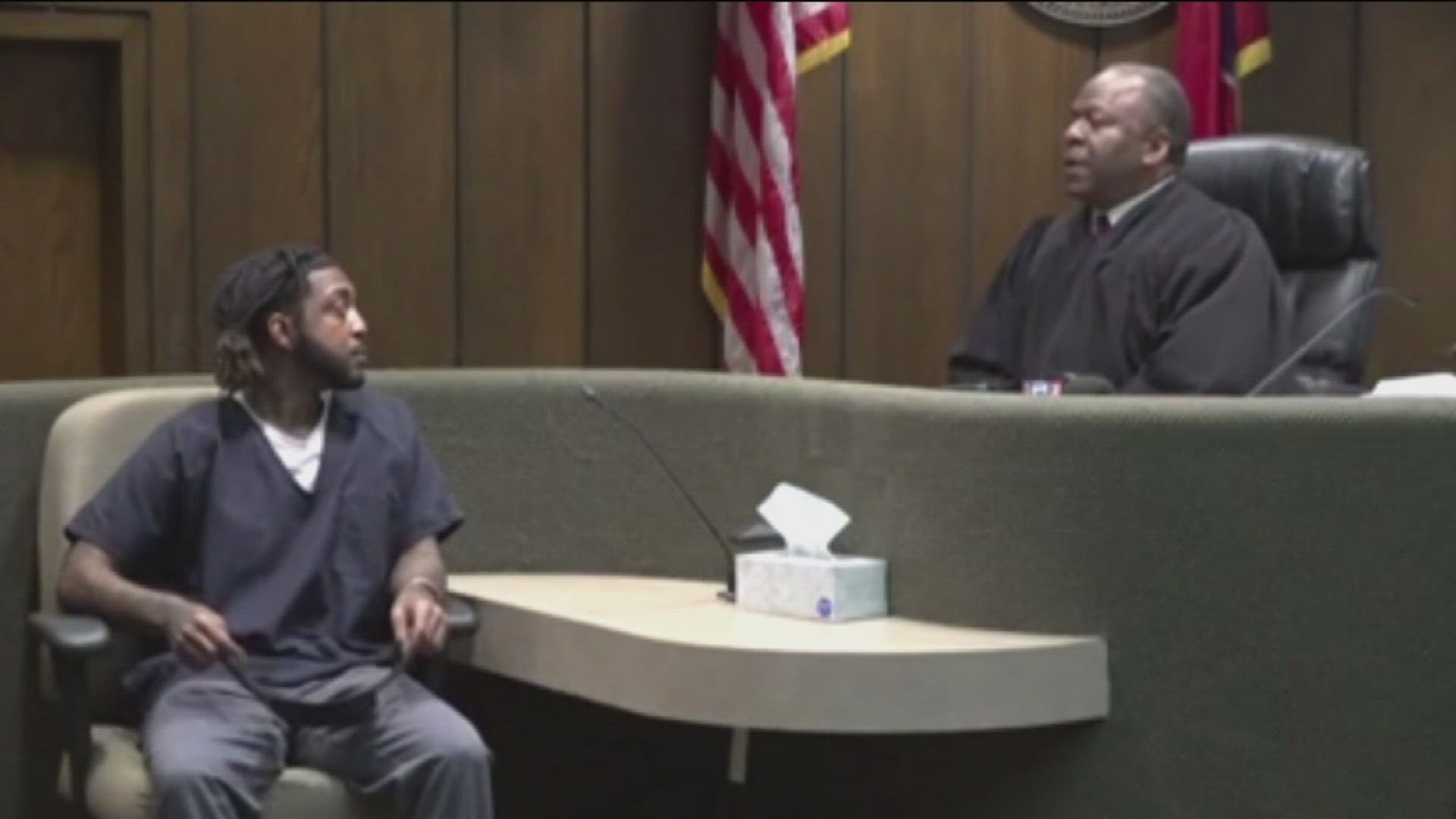CHATTANOOGA, Tenn. — Archaeological looting is a serious problem on the Tennessee Valley Authority’s vast land holdings in a seven-state area where an estimated 12,500 archaeological sites have been identified.
It’s possible there could be three times that many sites, according to TVA archaeologists who were on hand recently at the Chickamauga Dam for an educational event for the public.
TVA’s cultural team and TVA police hosted the event at the Taylor Boat Ramp at the day-use area at the Chickamauga Dam in Chattanooga to bring awareness to the region’s rich history and help people understand what to do if they see someone taking or damaging a cultural site, according to TVA spokesman Scott Fiedler.
“Looting cultural resources is a problem in our area,” Fiedler said. “So, we want to get the public involved to say something if they see something.”
Most of the sites are Native American, some are from early European settlers and others are tied to more recent human development from 100 years ago or more, according to Mike Angst, an archaeologist with TVA’s Cultural Resources Department.
“We’re here to talk about the Archaeological Resources Protection Act,” Angst said standing near a table filled with information for members of the public.
TVA officials were talking to passersby about the kinds of archaeological sites there are, why they’re protected under the act and what the penalties are if someone is caught taking anything from federal lands.
Angst said the 12,500-plus sites now recorded are only a fraction of those believed to be on TVA lands in Virginia, Tennessee, Alabama, Georgia, North Carolina, Kentucky and Mississippi.
“There’s 12,000 years and more of history and prehistory,” he said. “Most of the sites are Native American, but we also have early pioneer sites, Civil War sites up through the early- to mid-20th century. Technically, any site over 50 years old can be an archaeological site.”
The Archaeological Resources Protection Act has a requirement that a site must be more than 100 years old to fall under the act’s protections, he said.
“Our goal with the cultural compliance at TVA is to make sure we can keep as many of those resources where they are as long as we can,” Angst said. “We don’t want to see them wash away or walk away in somebody’s pocket. We don’t want to see them stolen. They’re everyone’s sites. It’s public property, and it’s everyone’s.”
For archaeologists, when someone damages a site, there is no way to restore it, and whatever is taken is lost along with its historical context, he said.
“Looting is a problem, and it occurs everywhere,” Angst said. “Archaeological resources, archaeological sites are a finite resource. Once they’re gone, they’re gone forever. When we do professional excavations, we try to do them very carefully because we know that when we excavate a site, we destroy it.”
He said professional archaeologists try to excavate as little as possible so more of the material stays put.
But when someone digs up relics and artifacts from cultural sites and takes them home, the theft is from the public at large, Angst said.
Tim Dilbeck, TVA police inspector, said the Archaeological Resources Protection Act is law enforcement’s best tool for protecting sites and prosecuting looters.
“We work hand-in-hand with cultural compliance. Whenever we have a case, we call upon them to perform archaeological assessment on it, which is vital to prosecution efforts,” Dilbeck said, standing alongside Angst, who noted archaeologists and law enforcement are a team.
“The problem is we have people out here—especially when the water is drawn down—in the exposed lake beds, they’re looking primarily for Native American and Civil War (relics), but you also have homesteads, and if they’re over 100 years old, they’re also protected,” Dilbeck said. “They dig up these sites, they dig into burials. Even out here when they’re not digging, when they pick artifacts up off the surface, they’re violating the act.”
Anyone caught damaging or taking anything from an archaeological site can face a misdemeanor or felony charge, based on the amount of damage.
A misdemeanor conviction can carry a two-year prison term and a $100,000 fine. A felony can carry a sentence of five years in prison and up to a $250,000 fine, Dilbeck said. Stiffer penalties can be leveled against violators when burial sites are damaged, he said.
Dilbeck added that anyone who helps cultural resource thieves buy, sell or trade stolen artifacts can also face charges.
Dilbeck said the most recent cultural resource theft investigation by TVA happened in June and stemmed from artifact hunters who dug into Native American burial sites in Muscle Shoals, Alabama. Two men face felony charges in the case, he said.
Steven Ward, TVA police inspector and drone pilot, said his role in investigation and site location is a recent development in TVA’s investigative arm. Ward was already an airplane pilot, so it was a short step to get up to speed on flying drones, he said.
The drone TVA uses has high-resolution cameras, can operate up to 5 miles away and has a controller the pilot uses that has a screen offering a first-person view from the drone, Ward said, holding the drone and turning it to show its features.
The drone can provide thermal imaging, can be linked to a large screen television and has about 25 minutes of flight time on each of its six batteries, allowing almost constant use, he said.
Ward can use the drone to look for people who’ve become lost, help with cultural site surveys and look for looters almost silently from the sky, he said.
From a TVA police boat with inspectors Jimmy Nelson and Roy Rogers at the helm, TVA archaeologist Paul Avery said the way water in TVA’s reservoirs erodes the shoreline—at a significantly higher level than the original river channel—can uncover artifacts and relics.
“You have to think about how the river system has changed with inundation. The channel of the river was out here,” he said, sweeping his hand toward the middle of Chickamauga Lake. “What we’re sitting over right now was flood plain, so this is ideal land to live on when you think about the past.”
TVA reservoir’s lake banks are where looters are most likely to be found because of fresh erosion along the new shoreline created by damming the river more than 80 years ago, Avery said. The Chickamauga Dam was completed in 1940.
“When these guys are on the water patrolling, they look for these guys along the shoreline,” he said of TVA police patrols.
Avery said many cultural resource thieves are converting their finds into cash for drugs.
“I’ve seen these guys arrest very few people on the shoreline that didn’t have something in their pocket,” he said. “A lot of them have a source they know where they can sell the stuff. That’s where you really run into the almost-industrial scale looting.”
Looters will happily plunder burial sites, an especially disturbing violation, he said.
“My analogy for that is, how would you like it if I went and dug up your grandmother for her wedding ring? That’s what you’ve just done,” Avery said of his words for looters. “And Native Americans reckon kinship differently than we do. ‘Grandmother’ has a much broader interpretation to them.”
Avery said it’s important for people to understand that once they damage a site, nothing can restore it. Once they take something, they can’t put it back in context. That’s why cultural resources are protected by law on federal lands, he said.
“It’s part of our mission to try to protect it,” he said.



